How Long Should A Blog Post Be in 2021?
Photo by NeONBRAND on Unsplash
Photo by NeONBRAND on Unsplash
A study conducted by Moz in 2015 revealed that blog posts with 3,000 to 10,000 words got the most social shares.
But, that’s a 2015 statistic so are long-form articles still relevant today?
Research done by Hubspot in 2020 revealed that the ideal blog length for SEO purposes is 2,100 to 2,400 words.
Does that mean shorter blog posts should be eliminated?
The short answer is “no”.
Your aim should be to write content for humans, not search engines. Also, the content you write should be based on your content strategy.
Writing with both these factors in mind means that you’ll have a wide range of content of varying lengths that adds value to your audience and helps you achieve your overall business objectives.
Erin Balsa, Marketing Director at the Predictive Index, explained this concept well in an interview I did with her recently.
This audio clip and quote provide a good synopsis.
Good length for a blog post (Erin Balsa)
There’s a wealth of information jam-packed into this interview. You can check out the full interview by clicking here.
Here are some questions you should answer to determine the optimal blog post length.
5 Questions to Ask When Trying to Determine Optimal Blog Post Length
How Can You Comprehensively Cover The Topic?
Comprehensive content that’s geared towards educating your audience about a topical issue tends to have at least 2,000 words. These articles include how-to content and guides.
Three key considerations should be at the forefront of your mind when you’re writing long-form content:
The common questions your existing customers ask about that topic
Content gaps (what are your competitors not talking about?)
The best way to explain what you want to say with utmost clarity
The 3 Cs for Long Article Writing
Those three key considerations form the basis of what I like to call the three Cs. Let me explain this concept using an example from one of my clients.
She came to me because she wanted help with her blog content.
Unfortunately, I couldn’t speak directly with her customers but one of the first questions I asked her was, “What are the common questions your customers ask about paying less taxes? What are the knowledge gaps you’re noticing based on their questions?”
The focus was on paying less taxes because that’s the core of her business. She helps business owners decrease their tax bill.
Asking her those two questions helped us write a comprehensive article that highlighted critical areas people often don’t pay attention to when trying to pay less taxes. The article is different from others in her niche because her direct competitors don’t cover the topic in quite the same way. So, she has a competitive advantage.
The article is also clear in terms of both structure and writing style. It has about 3,500 words but that word count covers the topic in a way that comprehensively answers the customer’s target question.
The aim was to make this article the pillar page of a topic cluster focused content strategy.
So, it’s an article that brought up other areas of focus the customer would need to learn more about. These areas of focus are things we’re going to discuss in other articles within the topic cluster.
“A pillar page covers all aspects of the topic on a single page, with room for more in-depth reporting in more detailed cluster blog posts that hyperlink back to the pillar page.”
— Sophia Bernazzani from Hubspot
Do You Have A Heavy SEO Focus?
Your aim could be to improve your search engine rankings. So, it would be best to write articles that are at least 2,000 words long.
But, you must also remember that you’re writing for humans, not just search engines. Don’t write a 2,000-word article just to meet an optimal word count and fill that article with fluff.
Follow a topic cluster approach where your central piece is the longest and all other supporting articles have varying lengths. That will help you get the SEO coverage you need without having all your articles be long-form pieces.
Are You Catering To The Needs of All Your Customers?
I was once a teacher. One of the things they hammered into us during professional development seminars was the importance of understanding our students’ learning styles. The 30 students in my classrooms all had a mixture of learning styles. So, my lessons needed to cater to their diverse needs.
The same concept applies to writing. Each article you write should offer ways for your reader to experience the content in different ways. Also, each article should pay attention to the needs of people with disabilities. But, meeting diverse needs also means publishing content of various lengths.
Some people want short content. Others prefer longer pieces. It depends on the topic being discussed in a lot of instances. Your objective should be to make your short and long articles as engaging and informative as possible so that you can add value to your audience.
Is The Content Related to Common Objections?
There’s something that Erin said during our interview that stood out to me. I’ve held onto that nugget of wisdom ever since.
Your sales team can be a valuable resource for content ideas. You can use a sales recording tool like Gong to record your sales calls and identify:
The things potential customers say are preventing them from making a purchase
Frequently asked questions on sales calls
Common pain points identified on sales calls
Shared goals that are prevalent during sales calls
This information can be used to create a series of articles that target specific questions. Chances are that most of these articles will be short articles but you can create robust long-form pieces as well.
How Does the Article Fit in Your Content Repurposing and Distribution Strategy?
The optimal blog post length shouldn’t be your only focus when creating a blog post. You also need to carefully consider how you’re going to repurpose the blog post and distribute it across multiple channels.
“Creating content is easier than ever before. But, distributing (and creating) content that stands out has never been more difficult.”
— Ross Simmonds, Founder of Foundation Inc.
Both short and long articles can be effectively repurposed. But, your content strategy should be developed with special consideration being given to your content repurposing and distribution strategy.
Longer articles do provide more options for content repurposing though. So, if you’re just starting and need content for your distribution channels, long-form content would be a good place to start.
You can learn more about content repurposing and distribution by watching my interview with Ross Simmonds.
Final Words
The optimal length of your blog post depends on your topic cluster, objectives, and overall content strategy. Regardless, you should strive to have a mixture of long and short articles.
Also, the articles you write should be customer-focused even if you’re trying to improve your search engine rankings. You’re writing for humans, not algorithms.
What blog post length has worked best for your content strategy? Let’s chat in the comments below.



